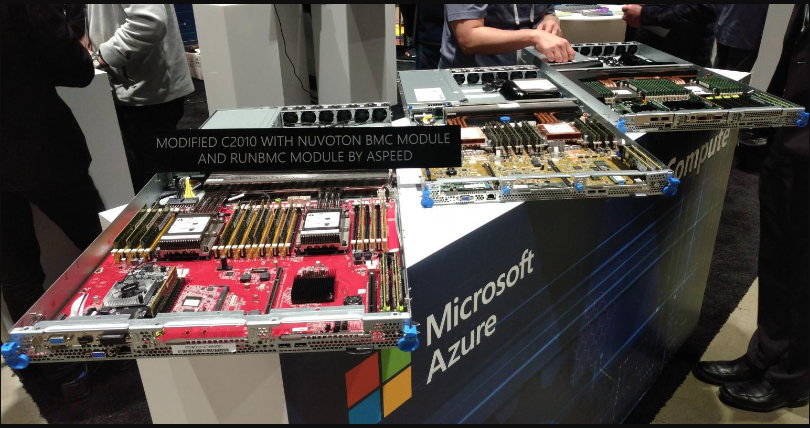The week's pick
Random Articles
Reseach Article
Integration of Real-Time Scheduling and Feed-Level Monitoring in an Automatic Feeding System for Vannamei Shrimp Farming
| International Journal of Computer Applications |
| Foundation of Computer Science (FCS), NY, USA |
| Volume 187 - Number 52 |
| Year of Publication: 2025 |
| Authors: Ronny Katuuk, Ali Ramschie, Johan F. Makal, Johan Pongoh |
 10.5120/ijca2025925879
10.5120/ijca2025925879
|
Ronny Katuuk, Ali Ramschie, Johan F. Makal, Johan Pongoh . Integration of Real-Time Scheduling and Feed-Level Monitoring in an Automatic Feeding System for Vannamei Shrimp Farming. International Journal of Computer Applications. 187, 52 ( Nov 2025), 23-30. DOI=10.5120/ijca2025925879
Abstract
Vannamei shrimp (Litopenaeus vannamei) aquaculture is one of the most economically valuable sectors in Indonesia’s fisheries industry. However, manual feeding practices often lack consistency and accuracy, resulting in inefficient feed utilization and suboptimal shrimp growth. This study aims to design and evaluate a time-based automatic feeding system to improve feed management efficiency and reliability in vannamei shrimp farming. The research employs a prototyping approach, consisting of literature review, hardware and software design, system model development, and functional testing. The system integrates a microcontroller as the control unit, a Real-Time Clock (RTC) module for precise feeding schedules, and motor actuators for automated feed distribution. Additionally, a feed-level detection sensor is incorporated to monitor feed availability in the silo and trigger an alarm when the feed is nearly depleted. Experimental results demonstrate that the developed system is capable of executing feed distribution automatically based on predefined schedules while simultaneously detecting feed availability. The system’s integrated mechanisms improve accuracy, reduce dependency on human labor, and provide timely alerts for feed replenishment. Contribution this study lies in the integration of real-time scheduling with feed-level monitoring in a single autonomous system, which enhances precision, minimizes operational errors, and supports the implementation of smart aquaculture technology. This contributes to the advancement of sustainable vannamei shrimp farming practices, particularly in regions where feed management remains a critical challenge.
References
- Ajehani, A., Ahmadi, A., & Garcia, C. (2023). Control strategies and reinforcement learning approaches in aquaculture systems: A review. Computers and Electronics in Agriculture, 205, 107633. https://doi.org/10.1016/j.compag.2023.107633
- Arditya, R., Prabowo, H., & Nugroho, S. (2022). IoT-based automatic feeding system for aquaculture using NodeMCU and RTC. Mechatronics and Artificial Intelligence Journal, 3(2), 45–53.
- Chirdchoo, N., & Cheunta, S. (2020). Image processing techniques for detecting uneaten shrimp feed using HSV color space. Journal of Telecommunication, Electronic and Computer Engineering, 12(2), 37–42.
- Correia, E., da Costa, F., & Wasielesky, W. (2020). Automated feeding systems in pond production of Pacific white shrimp. Aquaculture Research, 51(12), 5145–5156. https://doi.org/10.1111/are.14853
- FAO. (2022). The state of world fisheries and aquaculture 2022: Towards blue transformation. Food and Agriculture Organization of the United Nations.
- Georgopoulou, D., Panagiotakis, C., & Maroulis, D. (2024). Vision-based monitoring systems for precision aquaculture: A deep learning approach. Aquacultural Engineering, 104, 102447. https://doi.org/10.1016/j.aquaeng.2024.102447
- Liang, X., Li, J., & Huang, G. (2025). Effects of automatic feeding frequency on growth and feed utilization of Pacific white shrimp (Litopenaeus vannamei). Animals, 15(2), 192. https://doi.org/10.3390/ani15020192
- Martínez-Córdova, L. R., Emerenciano, M., Miranda-Baeza, A., & Martínez-Porchas, M. (2017). Microbial-based systems for aquaculture of fish and shrimp: An updated review. Reviews in Aquaculture, 9(4), 345–370. https://doi.org/10.1111/raq.12158
- Setiawan, A., & Surantha, N. (2021). Smart aquaculture system design using Quality Function Deployment (QFD). Journal of Information Systems, 17(2), 103–116. https://doi.org/10.21512/commit.v17i2.9466
- Toruan, R., & Galina, H. (2023). IoT-based smart feeder for aquaculture with real-time monitoring of water quality. ELTIKOM Journal, 7(1), 88–96.
- Valle, B. C. S., Wasielesky, W., & Poersch, L. H. (2011). Comparison of feeding strategies in semi-intensive shrimp culture: Manual, timer, and acoustic-based automatic feeders. Aquaculture, 321(1–2), 130–135. https://doi.org/10.1016/j.aquaculture.2011.08.029
- Wang, C., Li, D., & Liu, Y. (2017). Fuzzy logic-based decision support for optimizing feed management in aquaculture. Computers and Electronics in Agriculture, 135, 150–160. https://doi.org/10.1016/j.compag.2017.01.001
- Xie, Y., Yu, L., & Wang, Q. (2021). Precision aquaculture: Real-time monitoring and intelligent management of aquaculture systems. Aquacultural Engineering, 95, 102188. https://doi.org/10.1016/j.aquaeng.2021.102188
- Dhinakaran, S., Kumar, A., & Gupta, R. (2023). IoT and machine learning approaches for aquaculture control and monitoring: A systematic review. Journal of Aquaculture Research & Development, 14(6), 1–15.
- Zhang, Y., Chen, X., & Wang, T. (2020). Intelligent aquaculture: Computer vision and behavioral analysis for feeding optimization. Animals, 10(9), 2709. https://doi.org/10.3390/ani10092709
Index Terms
Keywords

